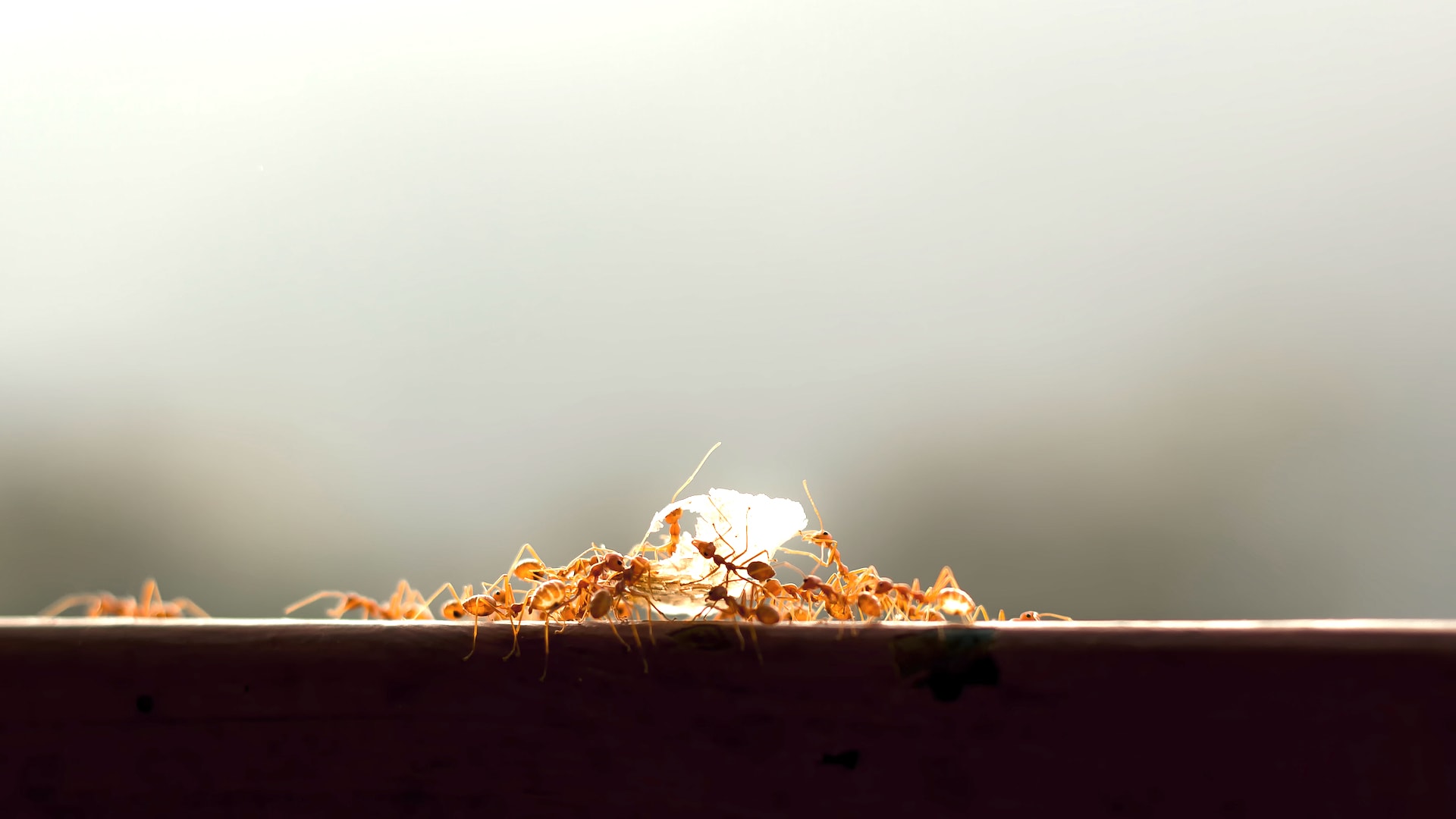Scroll for prep
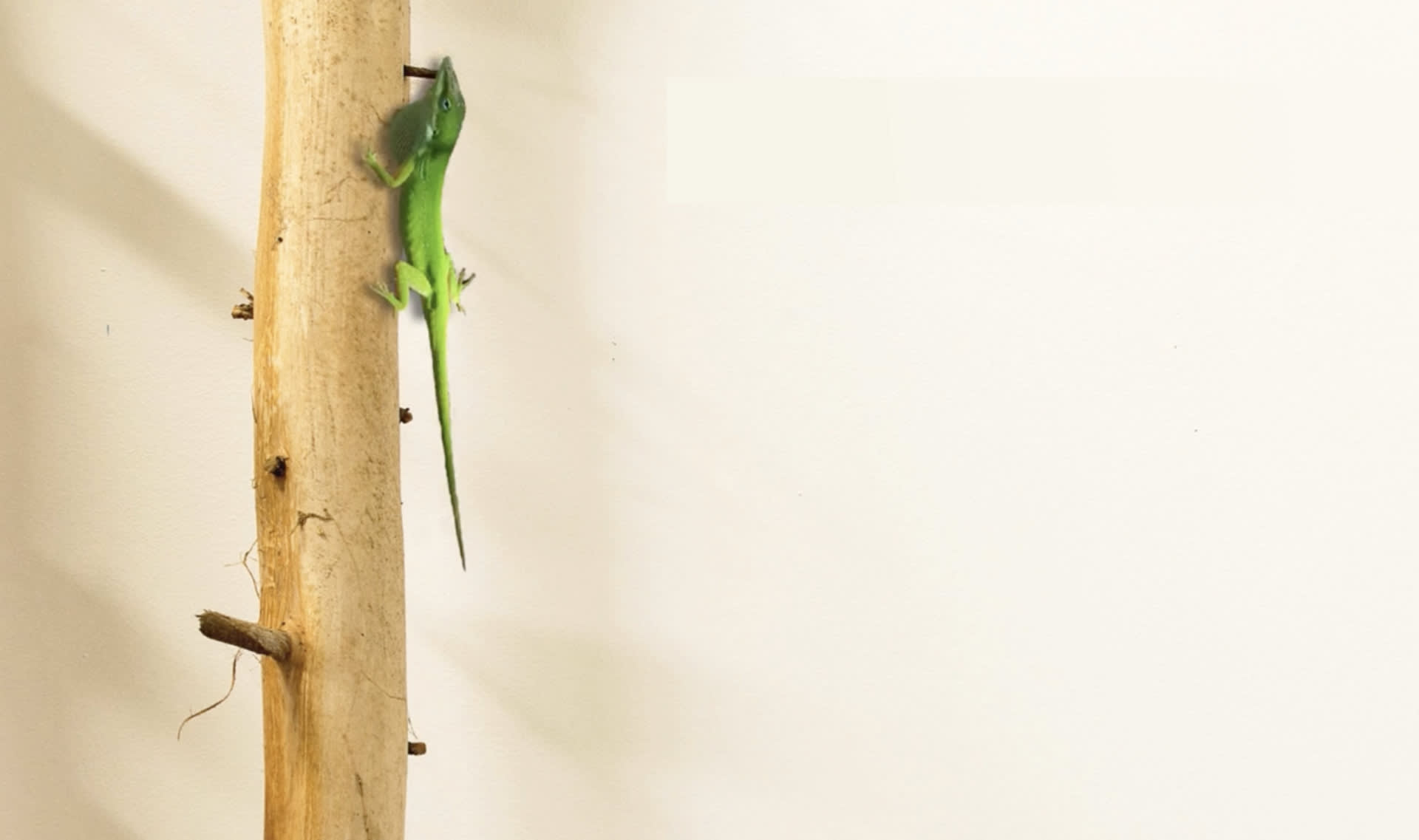
In this unit, we saw many different things that plants and animals do that help
them survive. Let’s review some of them.
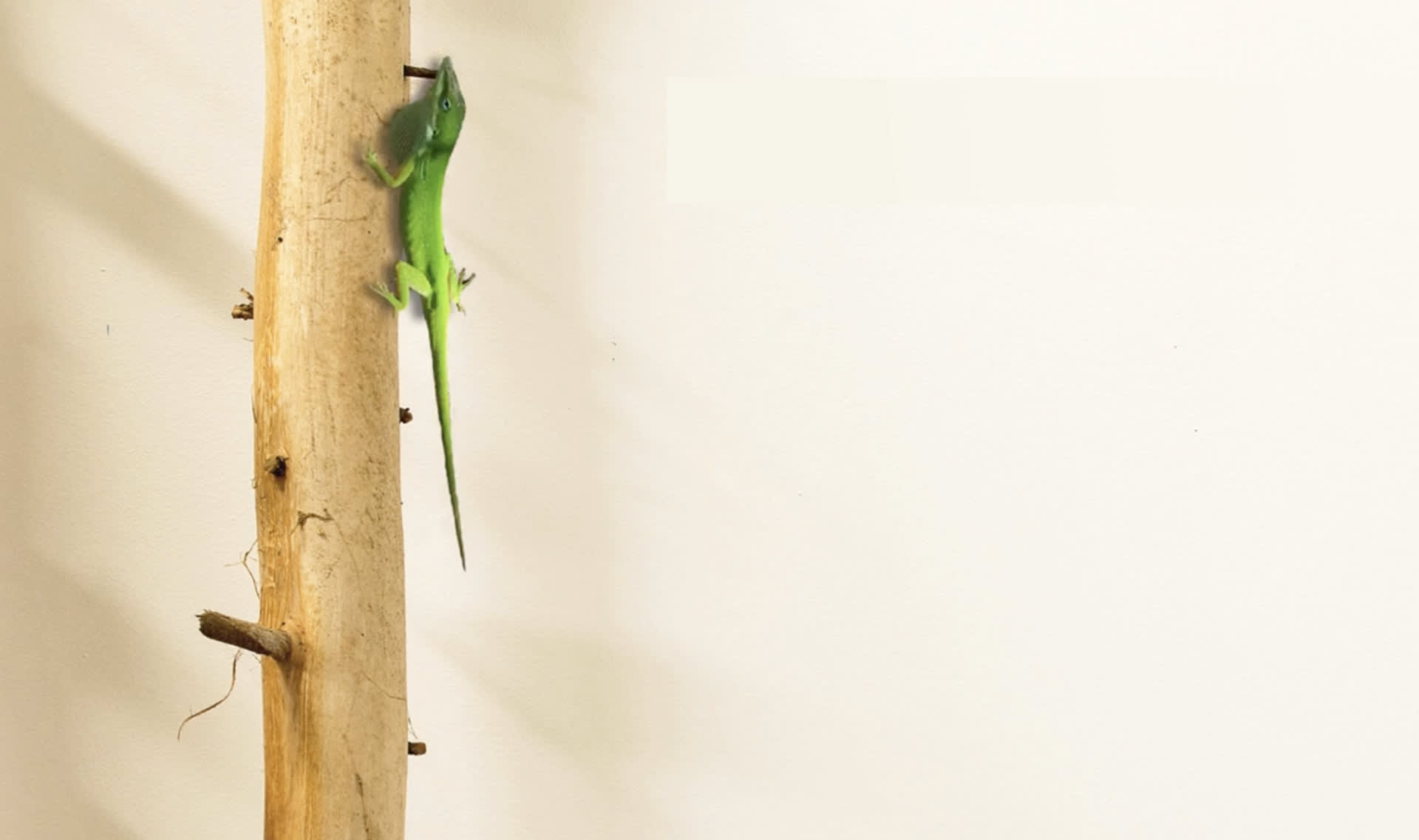
Living things respond when their environment changes. Discuss. How did the green
anoles respond when the brown anoles appeared?
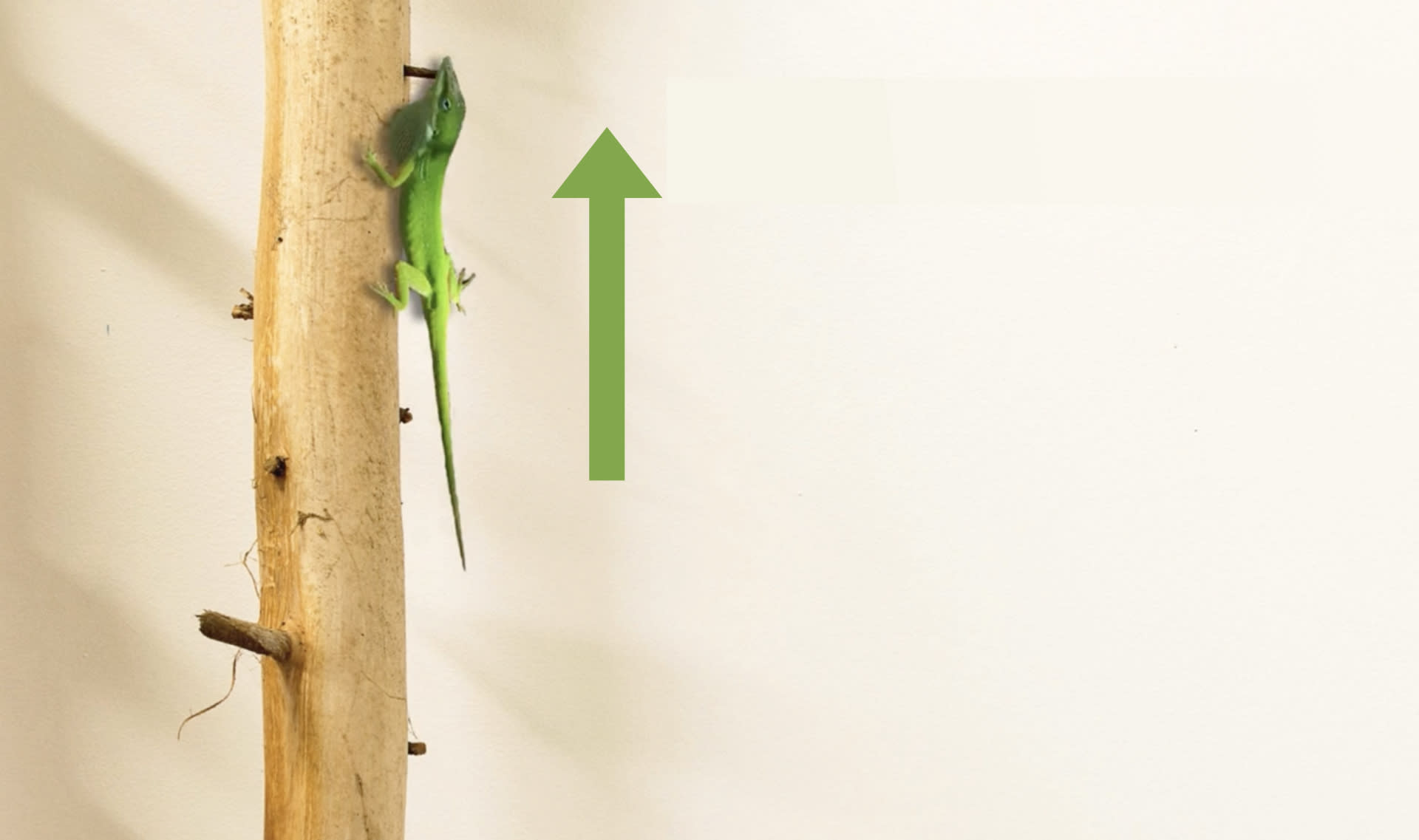
In the short term, the green anoles climbed higher to try to get away. Each
individual anole had to change their behavior to try and survive.
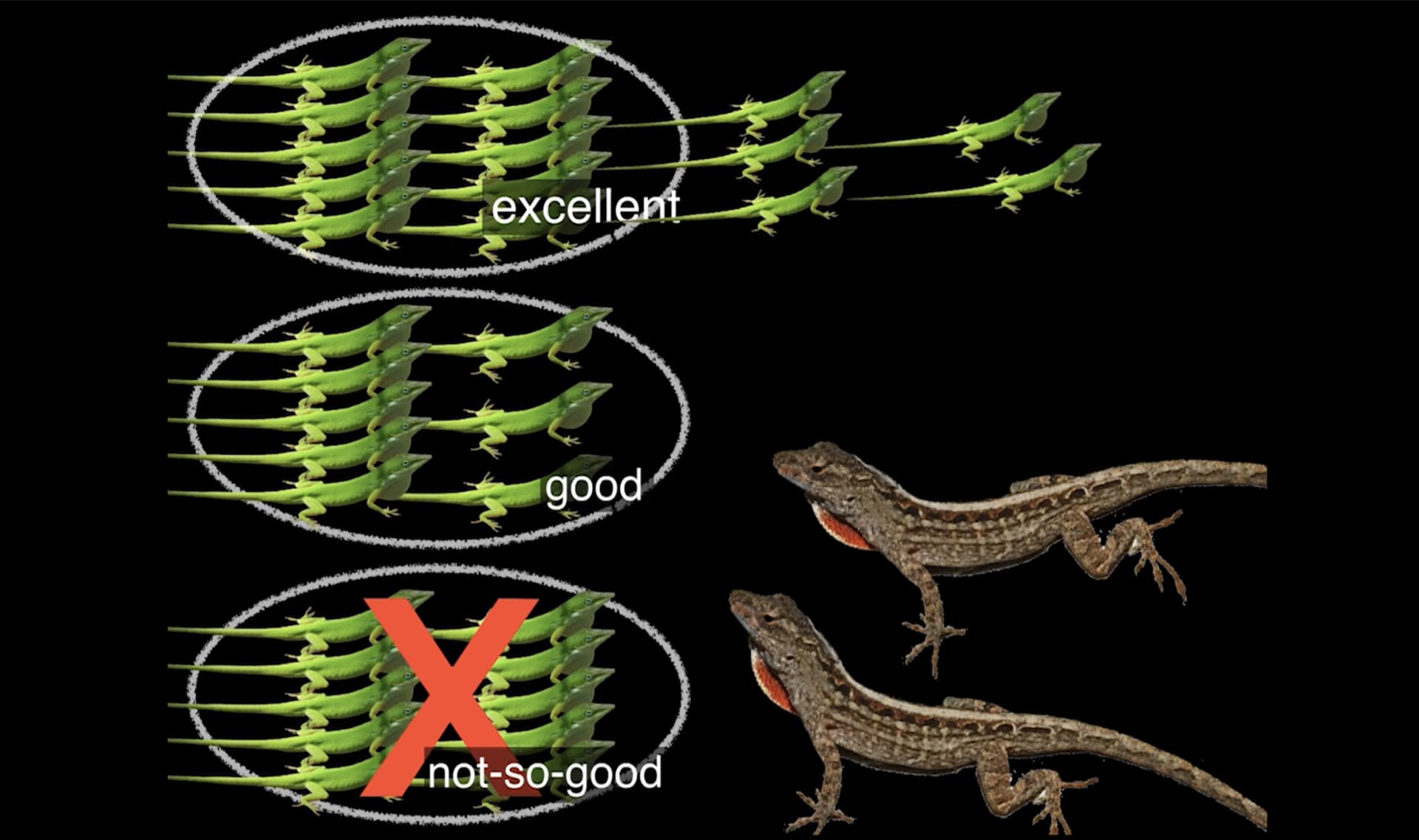
And in the long term, green anoles that were excellent climbers were more likely to
survive. That means that as a group, the green anoles became better climbers. As
a group, the anoles changed over time.
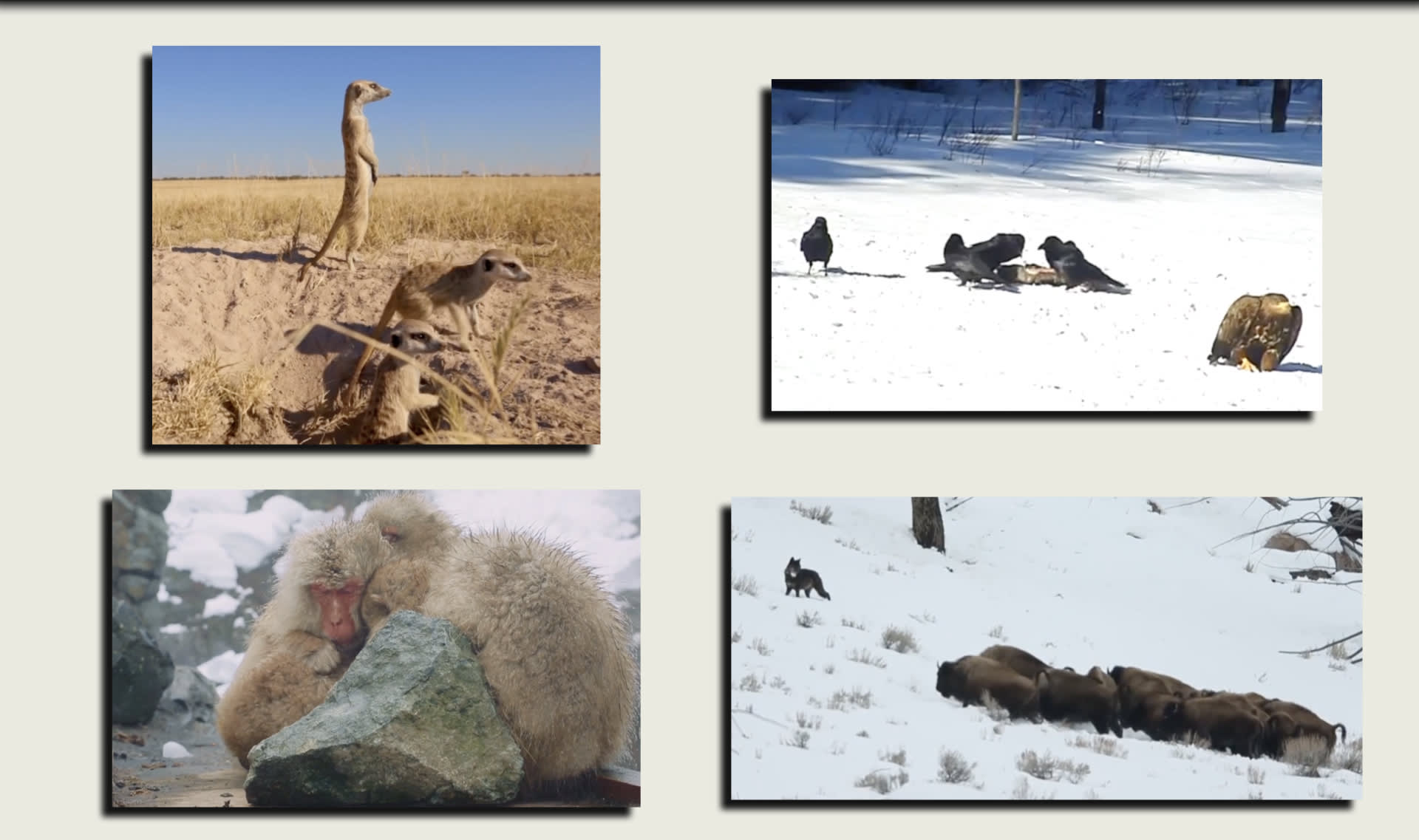
Other animals do things that help them survive, too. Discuss. What did you see
these animals do? How did that help them survive?
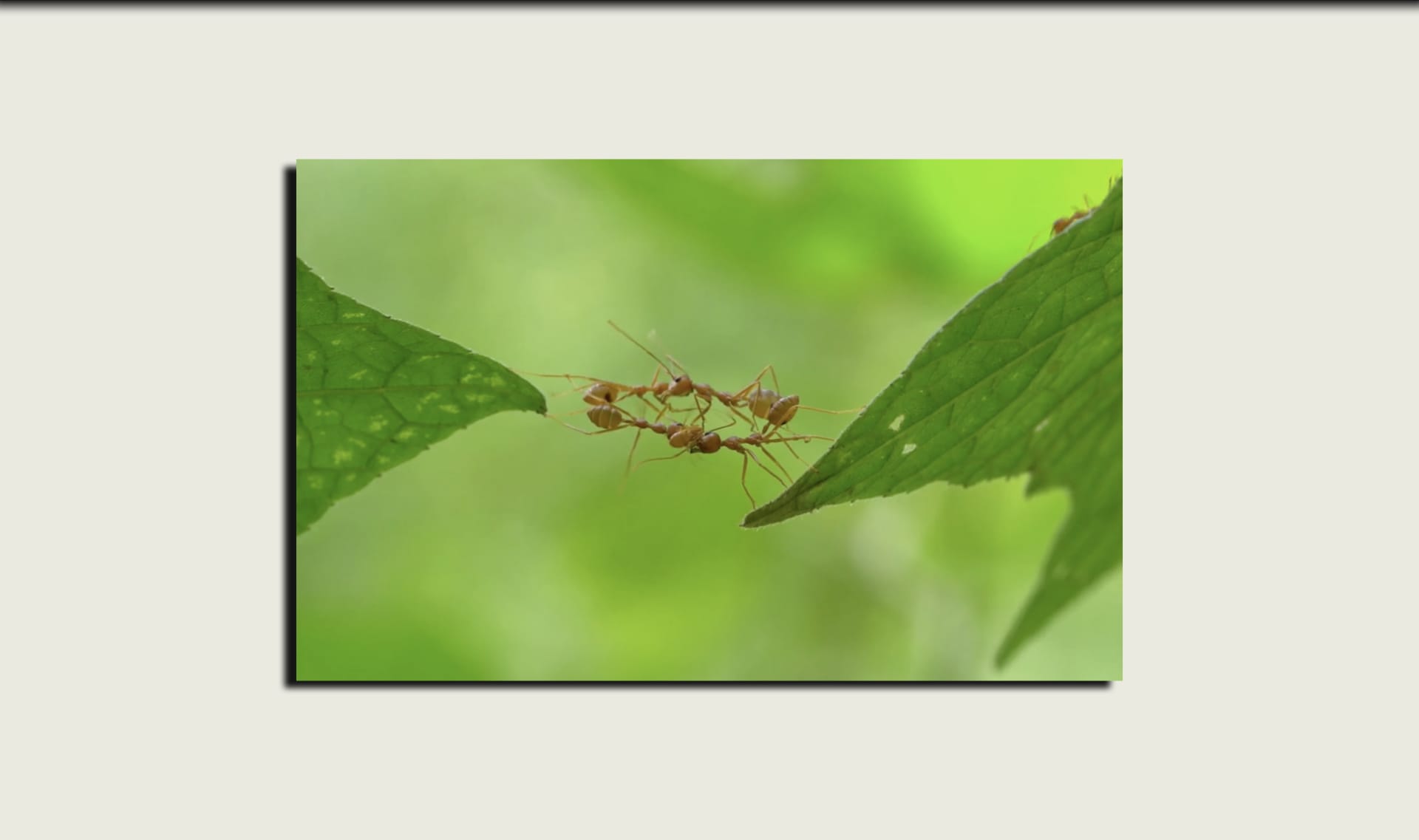
Ants do many different things to survive, too! Discuss. What did you see these
ants do?
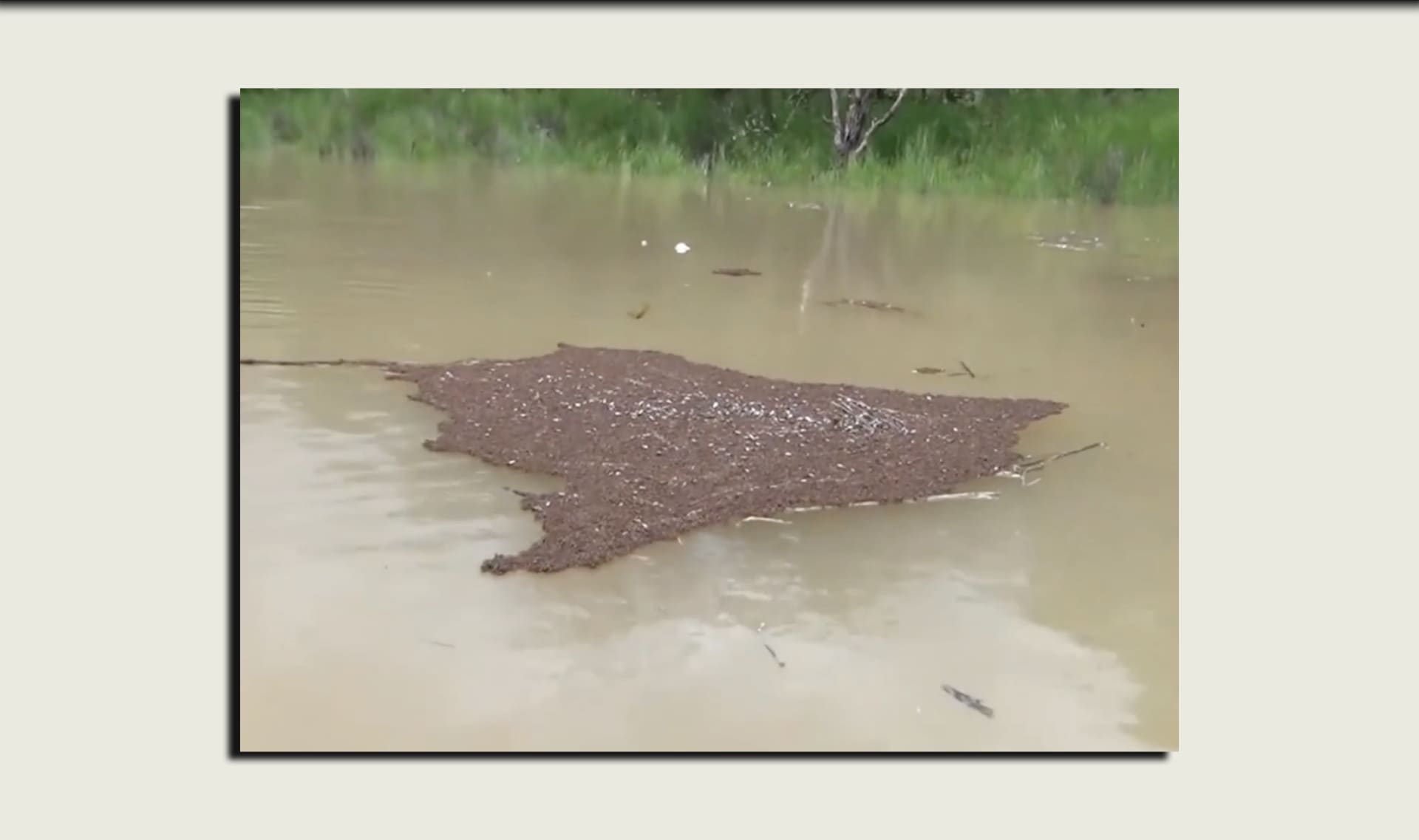
These ants did something very special when their environment flooded. Discuss.
What did you see these ants do to help them survive?
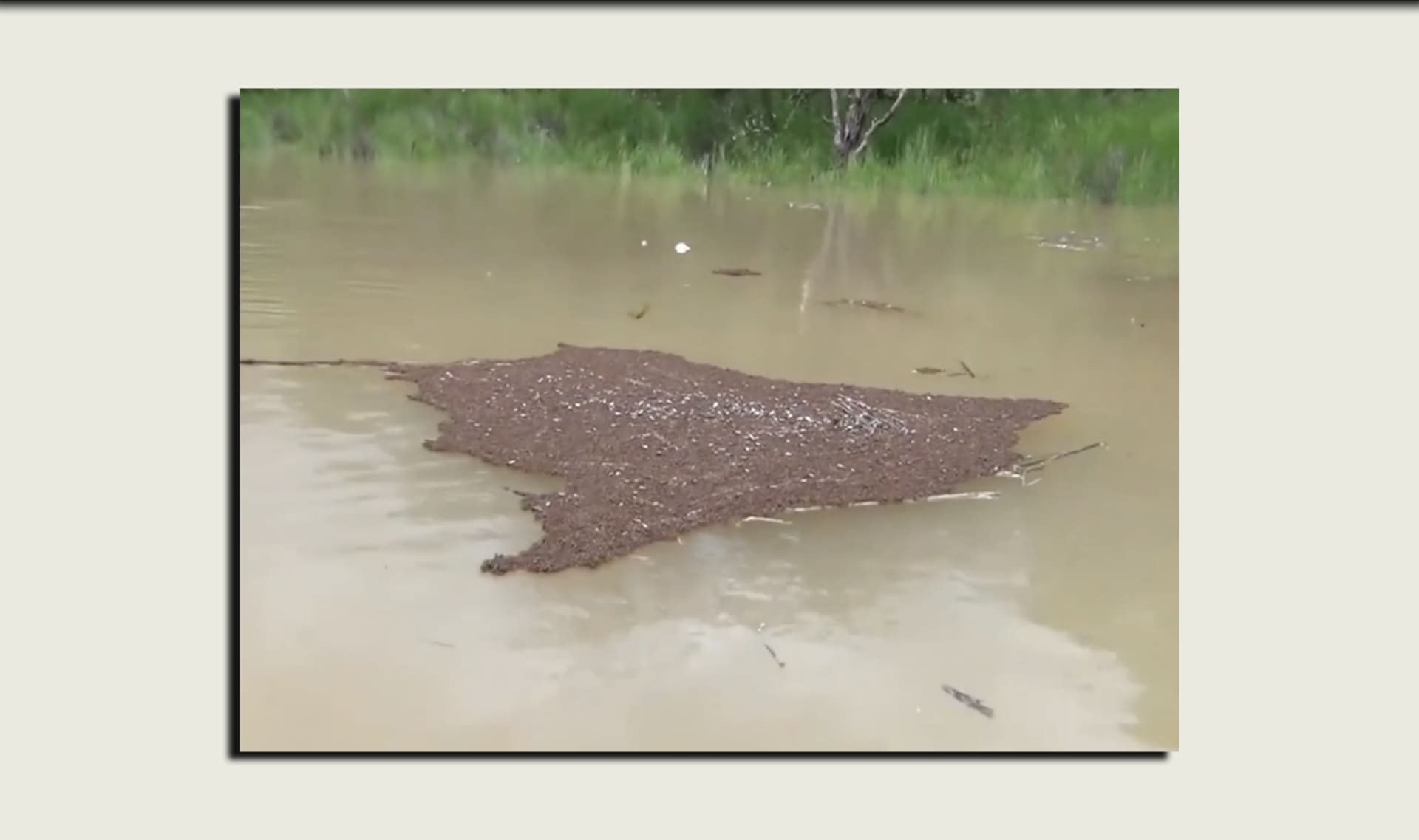
When their environment flooded with water, the ants linked their bodies together
so that they could float. By working together as a group, they were more likely to
survive when the environment changed.
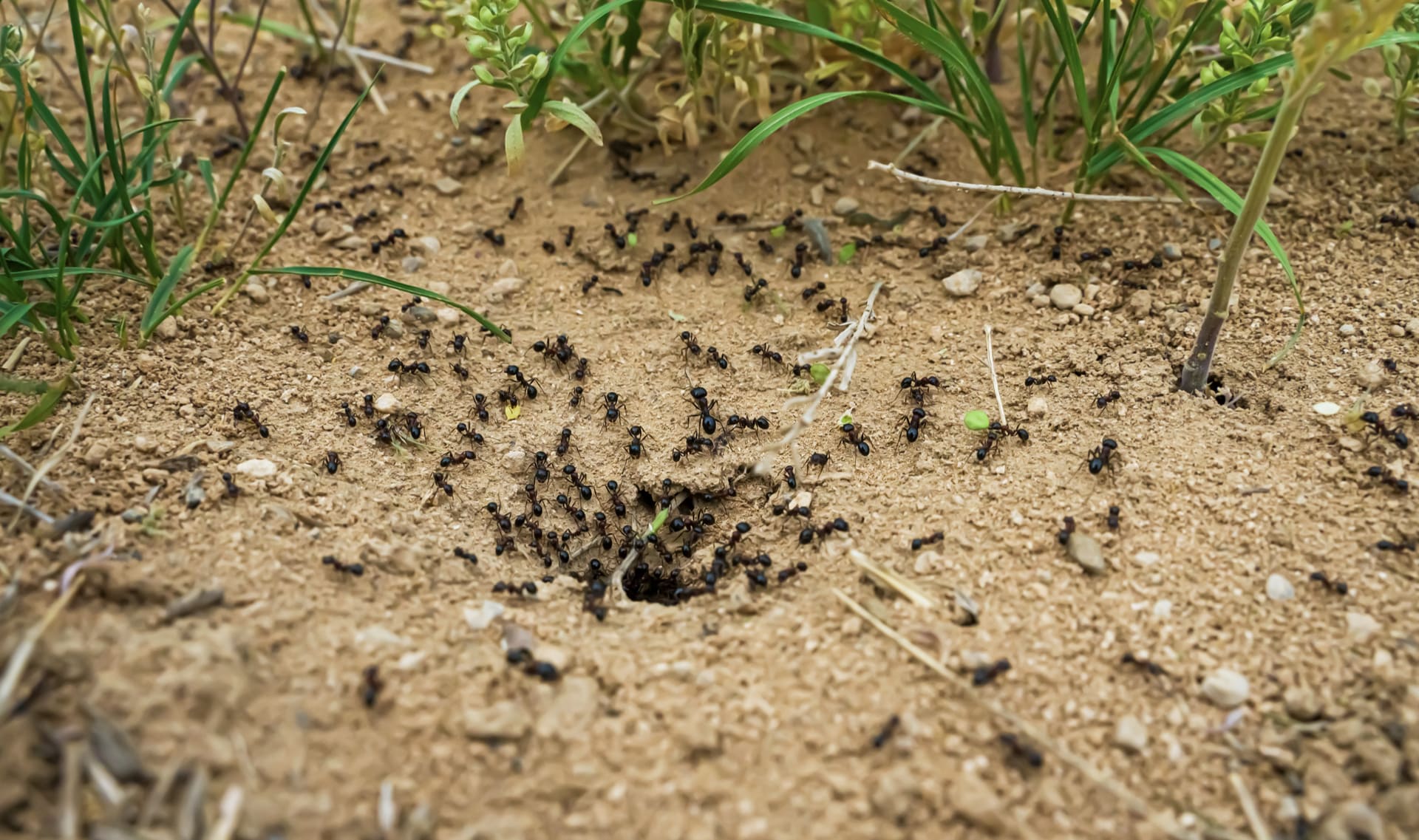
Ants will also swarm out of their nests when other animals come nearby that they
don’t like. By working together, a group of ants can do much more than a single
ant.

Groups of ants that live and work together are called colonies. Some colonies are
only small groups, like the group that made these little ant hills.
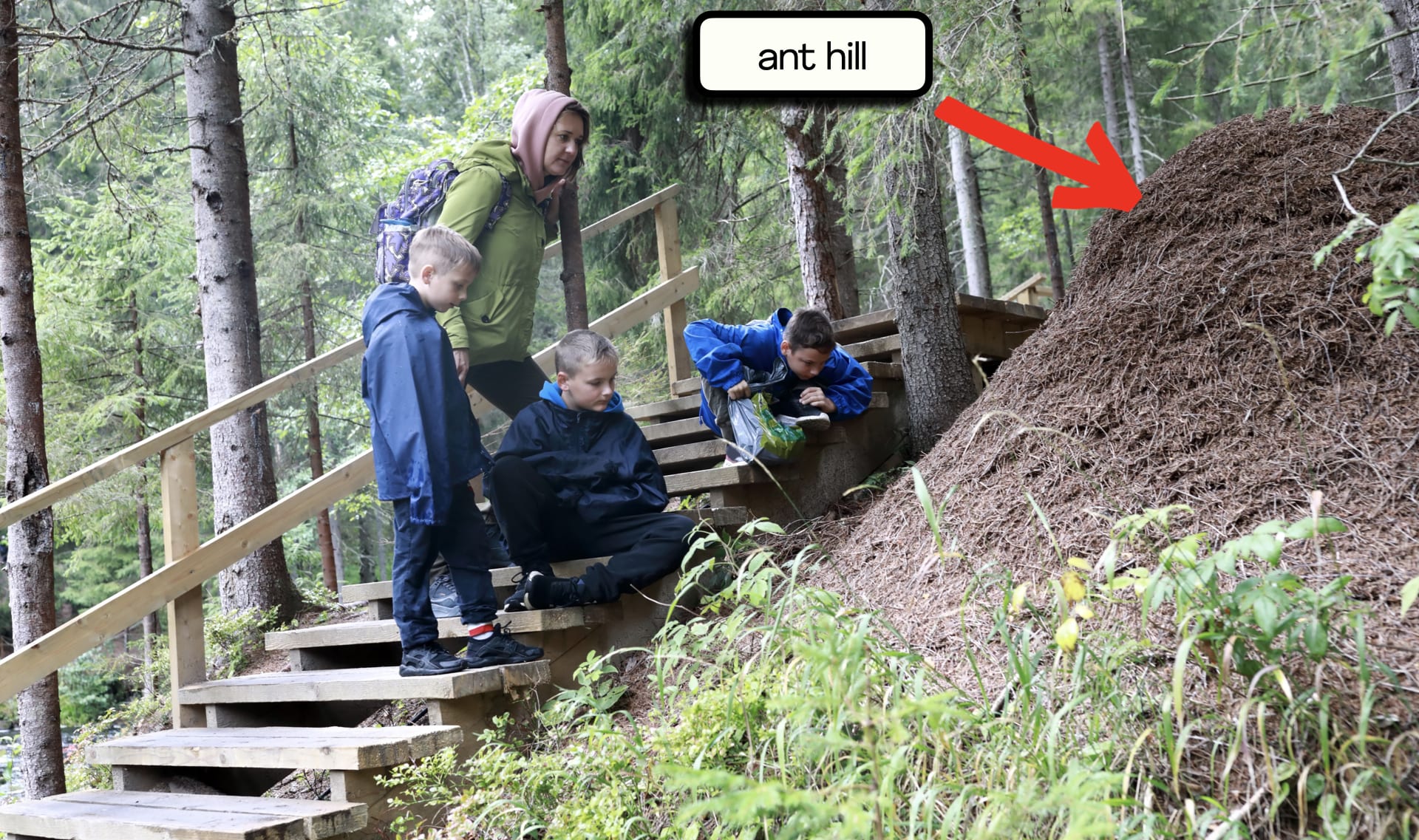
Some ant colonies are big groups, like the one that made this big ant hill! But some
ant colonies don’t just make big hills. They spread all around the world.
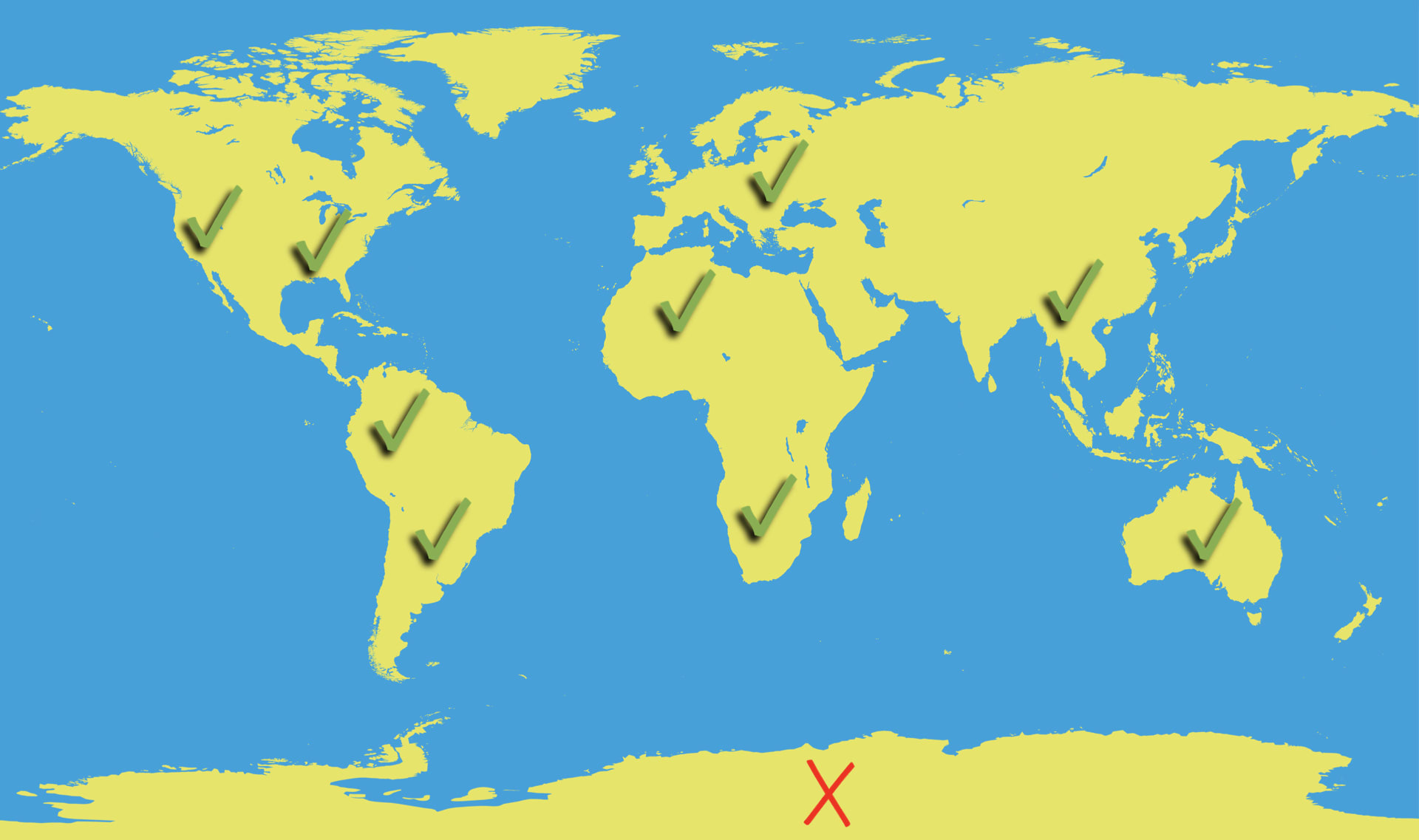
Today, we’re going to learn about a kind of ant that has colonies on every continent
except Antarctica! (It’s just too cold in Antarctica.)
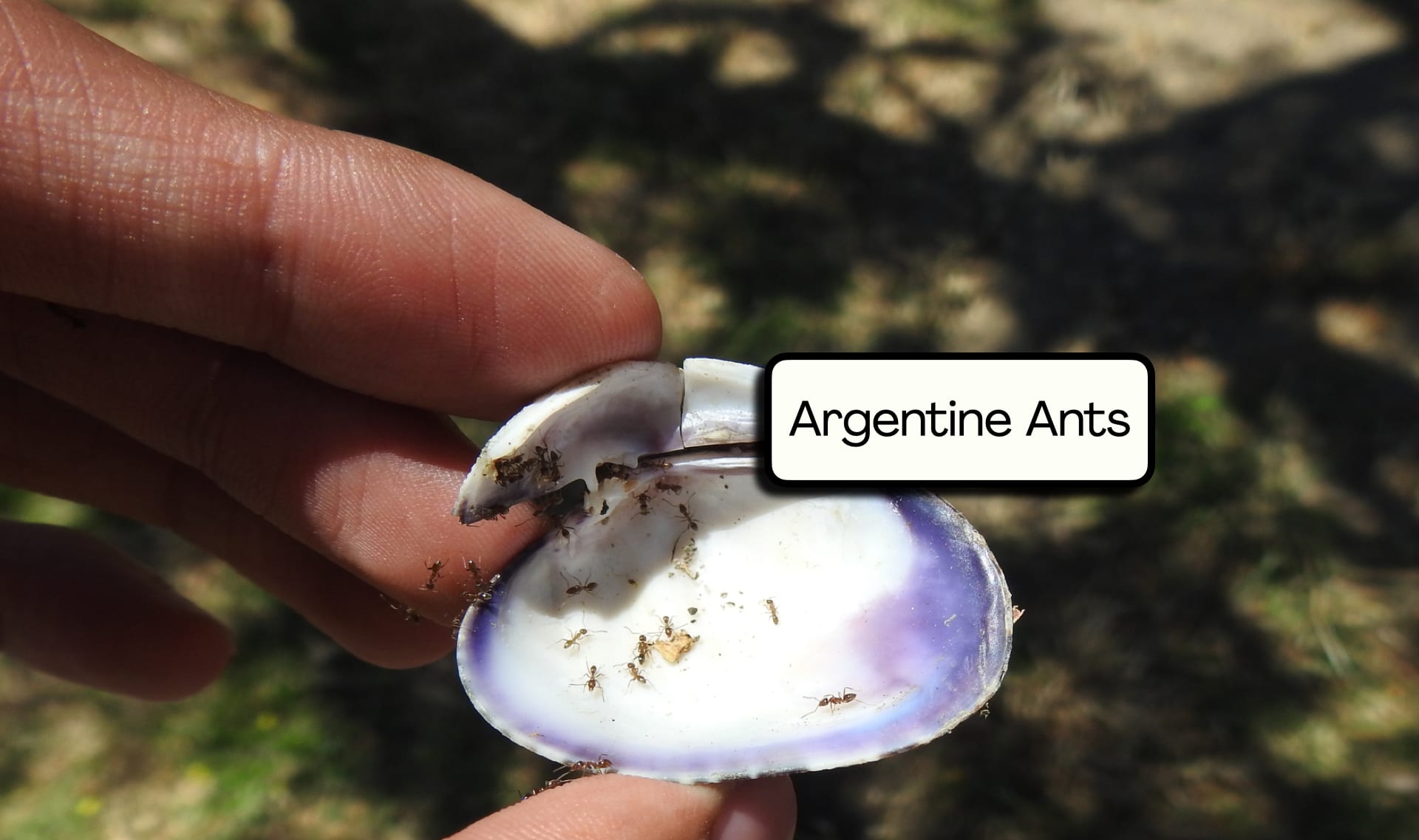
These are Argentine ants. These ants are truly amazing: they have set up colonies
around the world. Ants in general are very successful. But Argentine ants are one
of the most successful kinds of ants of all.
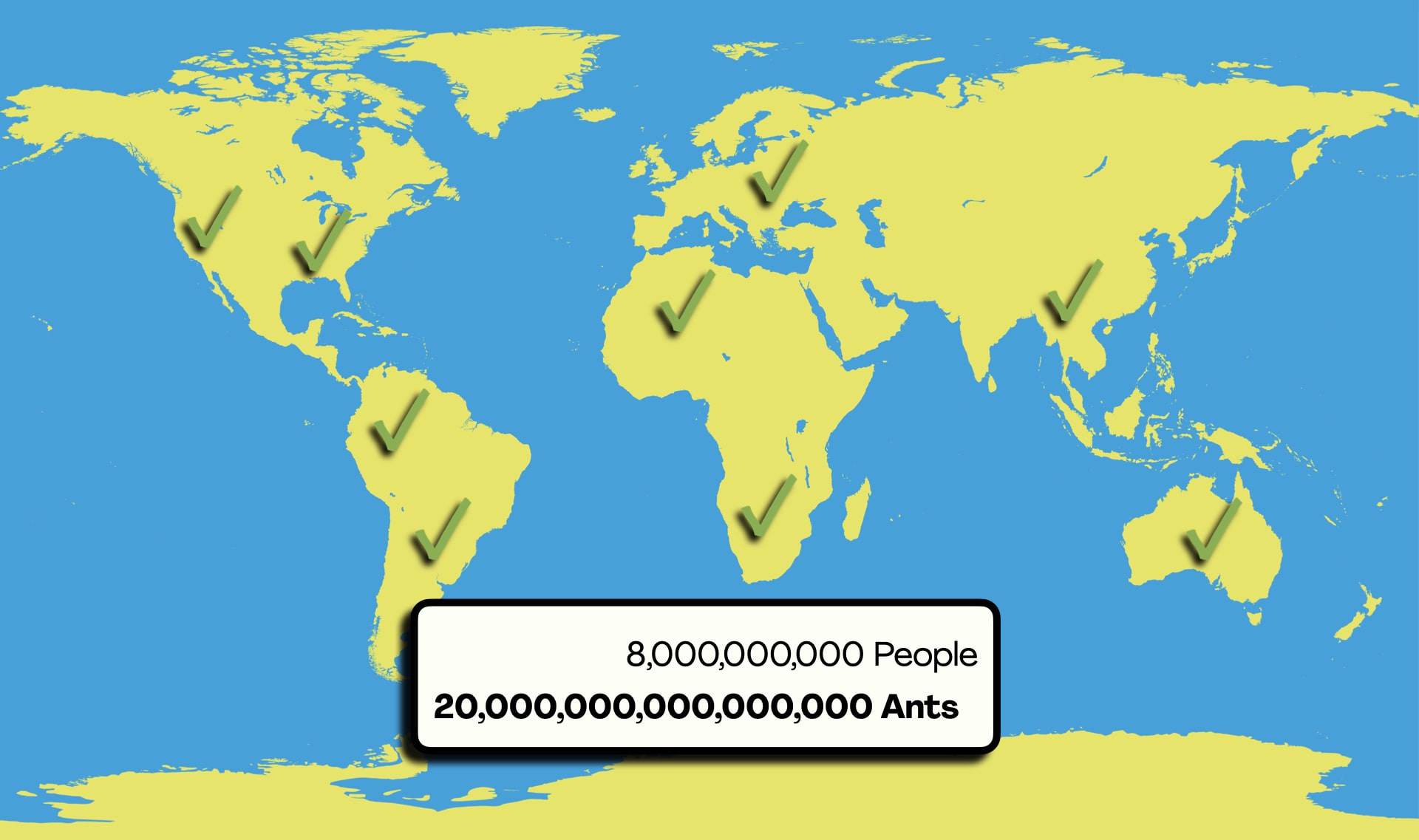
Setting up new colonies in new places isn’t easy for Argentine ants because there
are already quadrillions of other ants spread around the world. For the Argentine
ants to move to new places, they have to compete with a lot of other ants for space and for food.
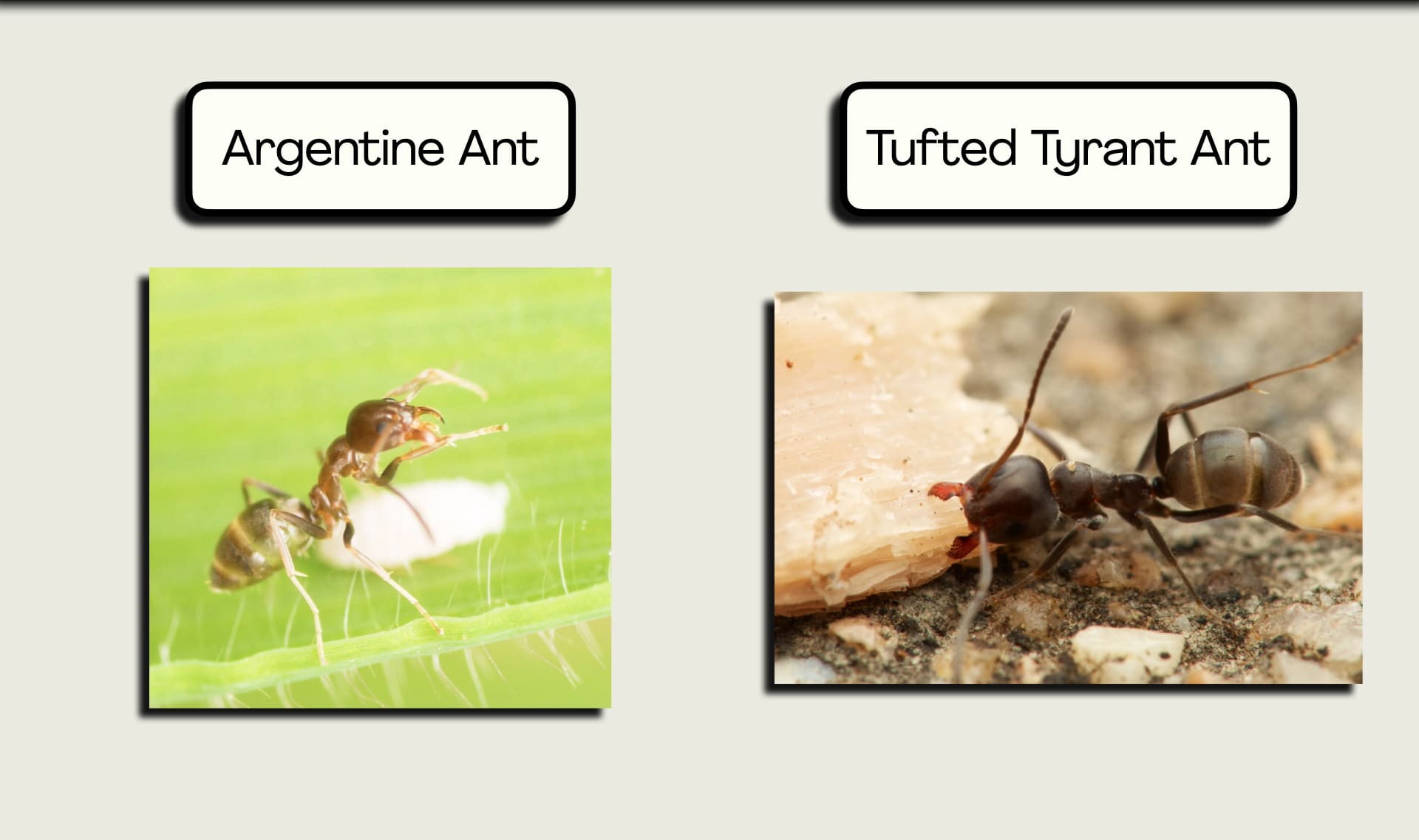
Scientists wondered what makes Argentine ants so successful. So they watched
Argentine ant colonies compete against colonies of a different kind of ant called
tufted tyrant ants. Discuss. What similarities and differences do you notice about
each kind of ant?
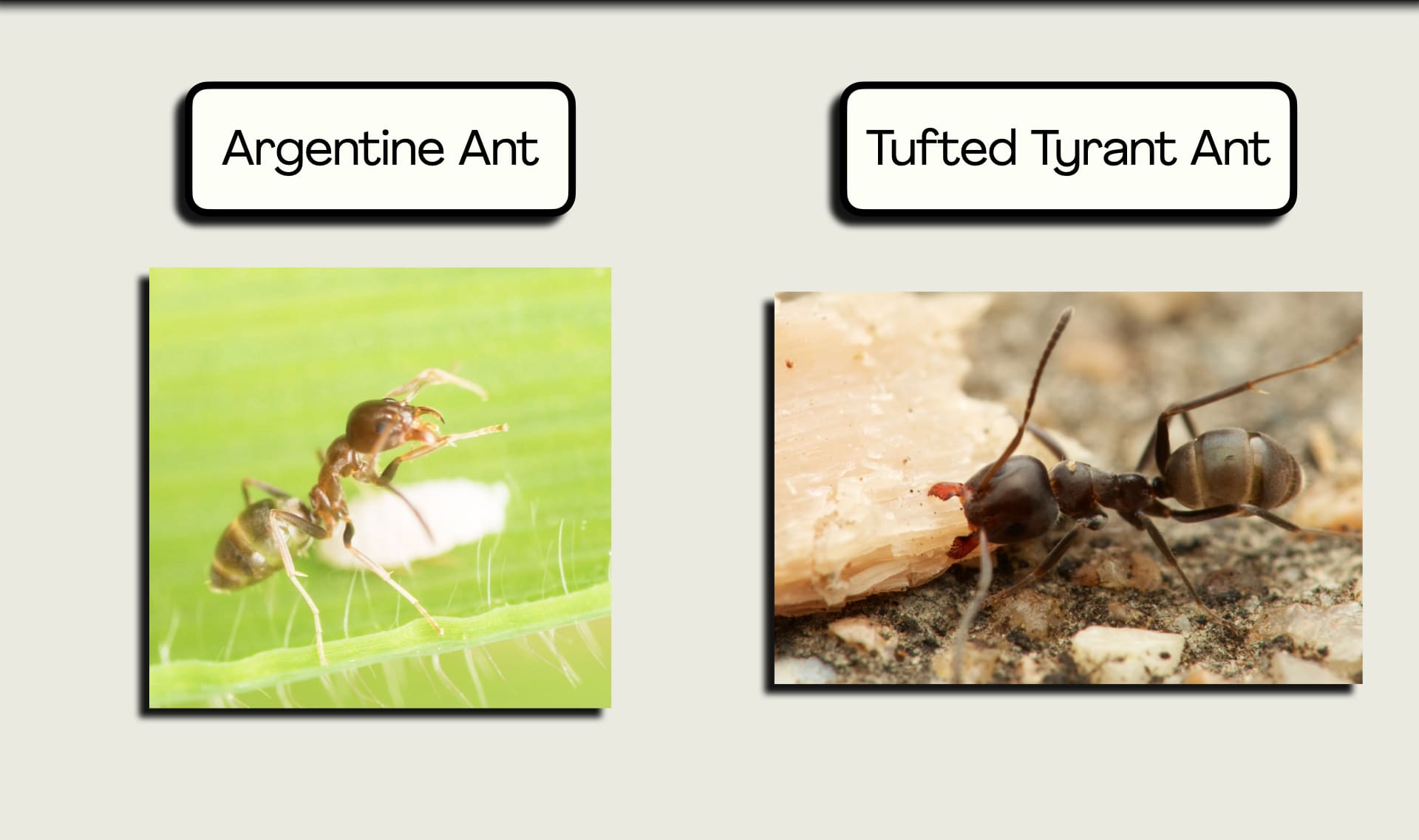
These two kinds of ants will go after the same kind of food. If they live in the same
area, each kind of ant will try to take the food, which means that the other kind of
ant can’t have it.

At first, scientists observed two colonies competing for food: one colony of 500
Argentine ants vs. one colony of 500 tufted tyrant ants. They wanted to see
which colony won the food when they competed against each other.
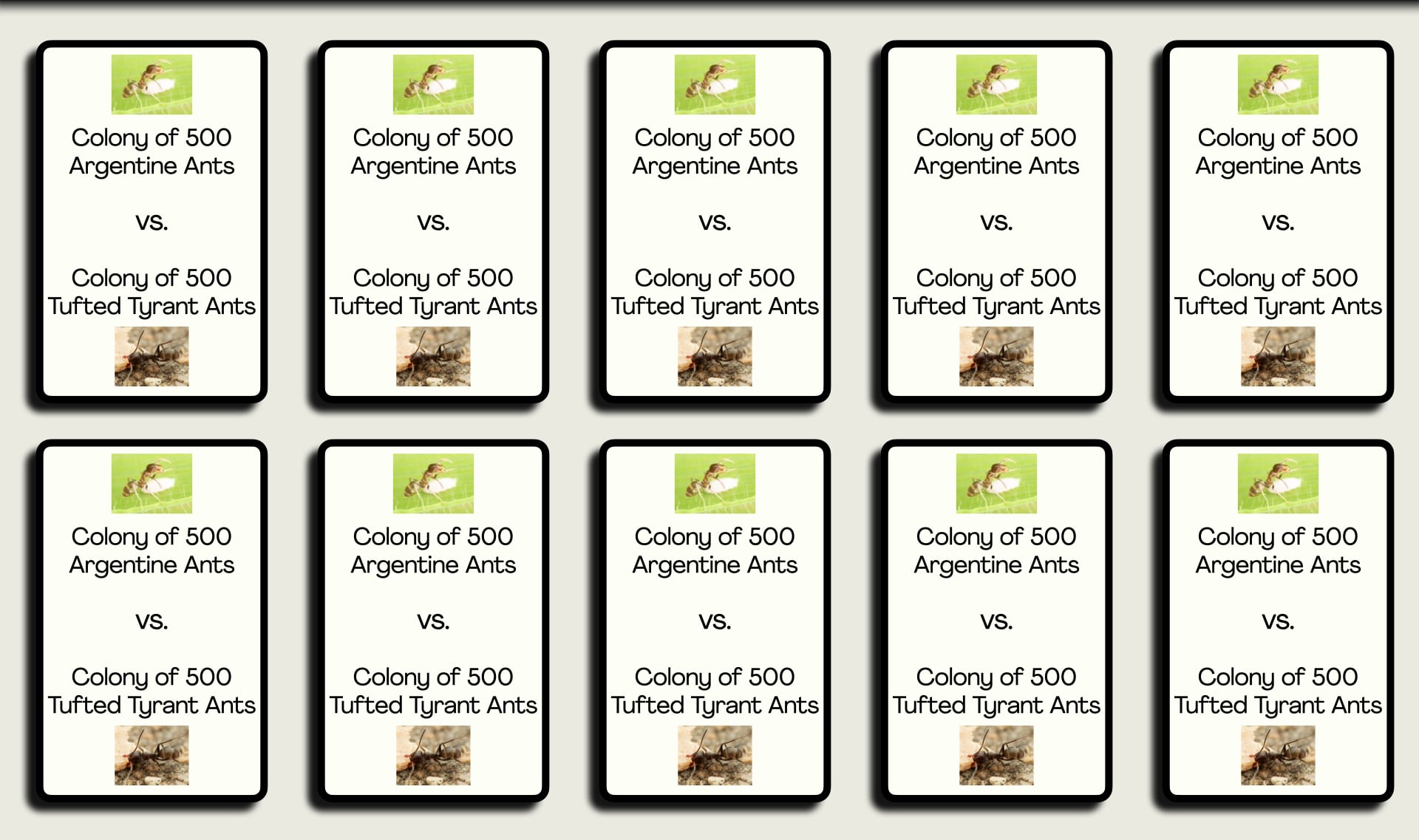
Then, they watched the exact same thing between nine other pairs of the same
types of colonies: 500 Argentine ants vs. 500 tufted tyrant ants. The scientists
wanted to see which kind of colony won the food more often when they made
ten total observations.
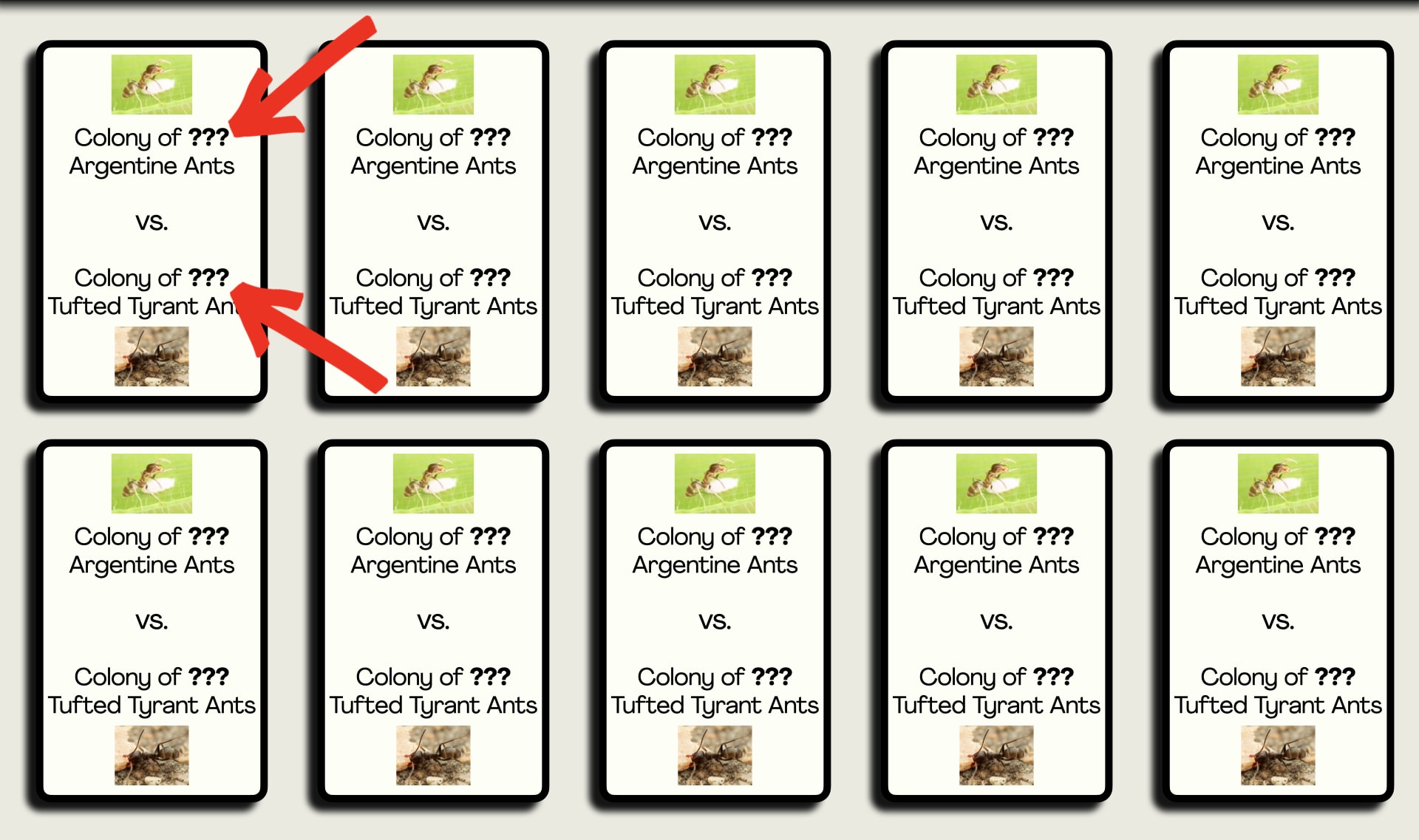
Then, they observed other sizes of colonies to see what would happen. Today,
you’re going to see all of the data from all of these observations and see if
you can figure out one of the things that makes Argentine ants so successful.

Step
01/05
01/05
Get both pages of the Who Won the Food? worksheet. Write your
name at the top.
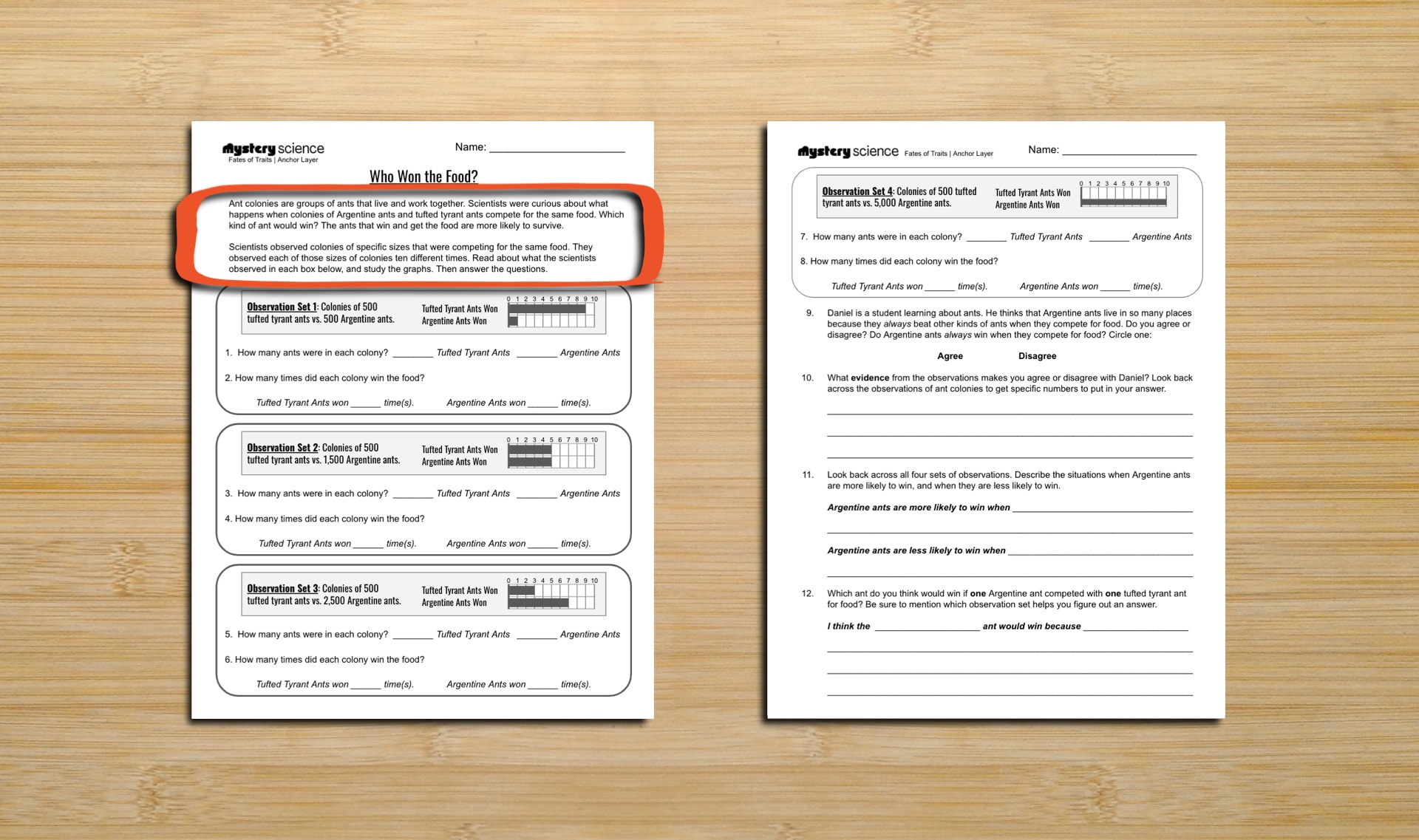
Step
02/05
02/05
As a class, read the top of the first page together.
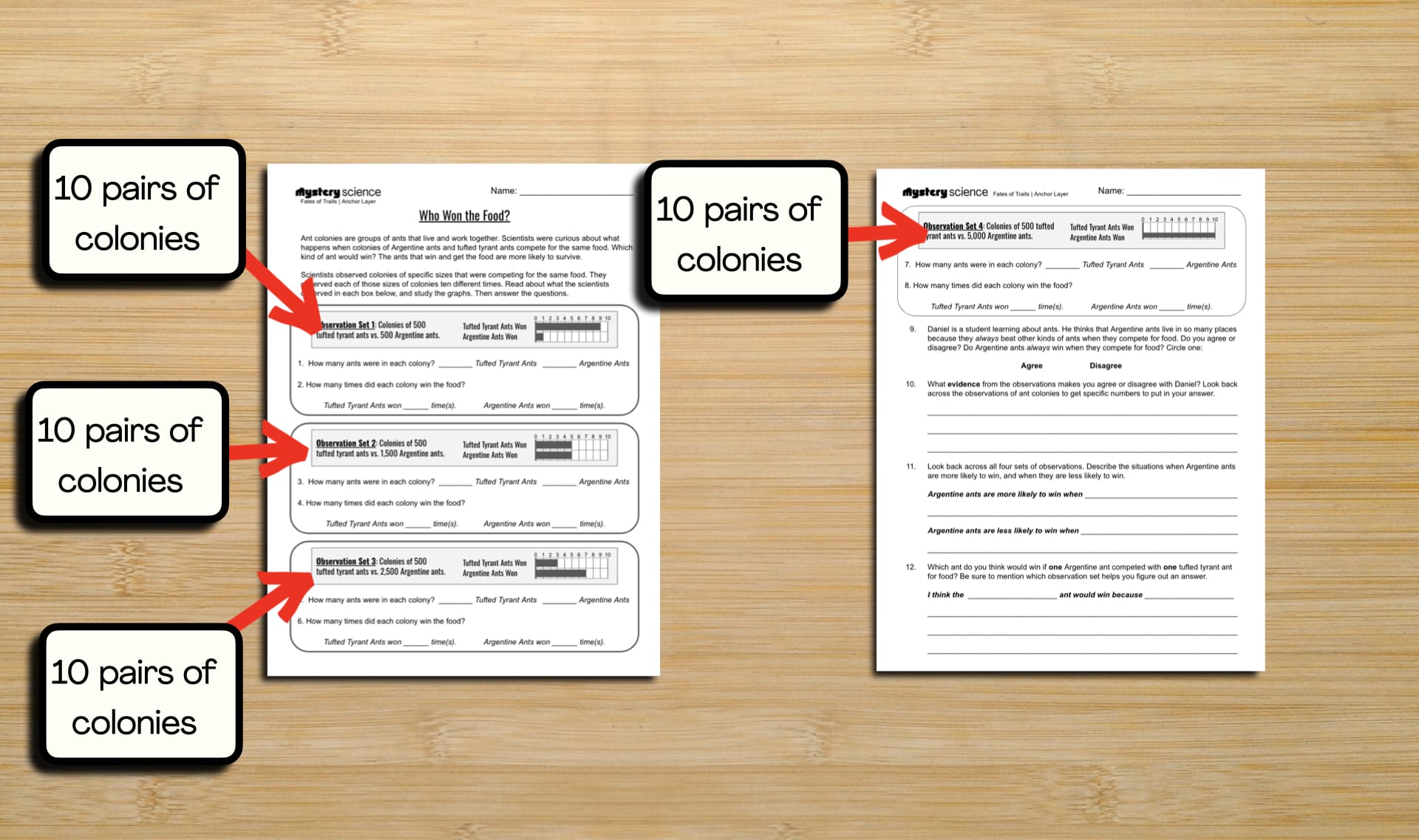
Step
03/05
03/05
Your job will be to study the information in each gray box. Each gray
box has observations from 10 pairs of colonies.
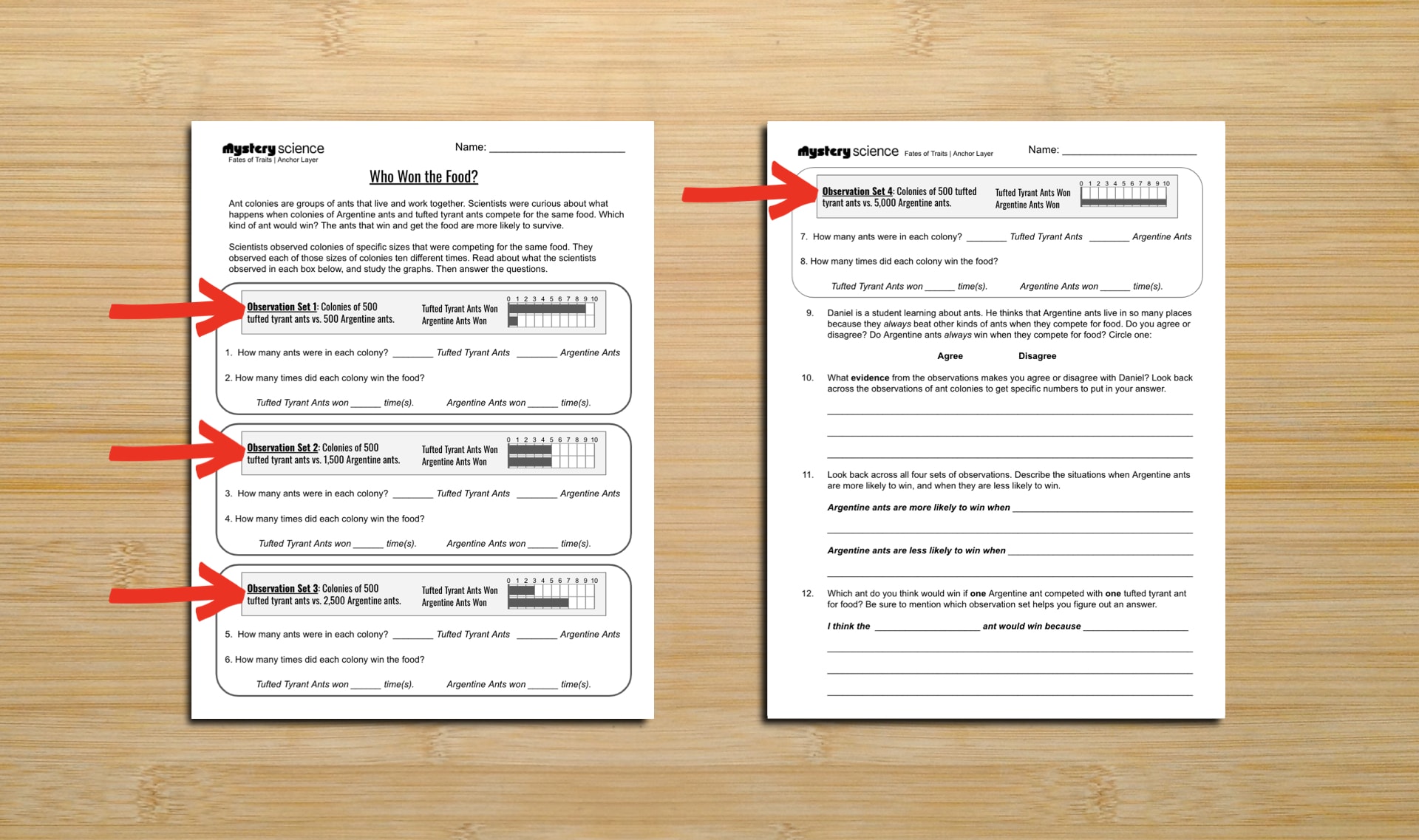
Step
04/05
04/05
Your job will be to study the information in each gray box, and then
answer each set of questions. On the second page, there are a few
final questions about what you learned.

Step
05/05
05/05
When everyone is done, come back here for a bit more information
about Argentine ants.
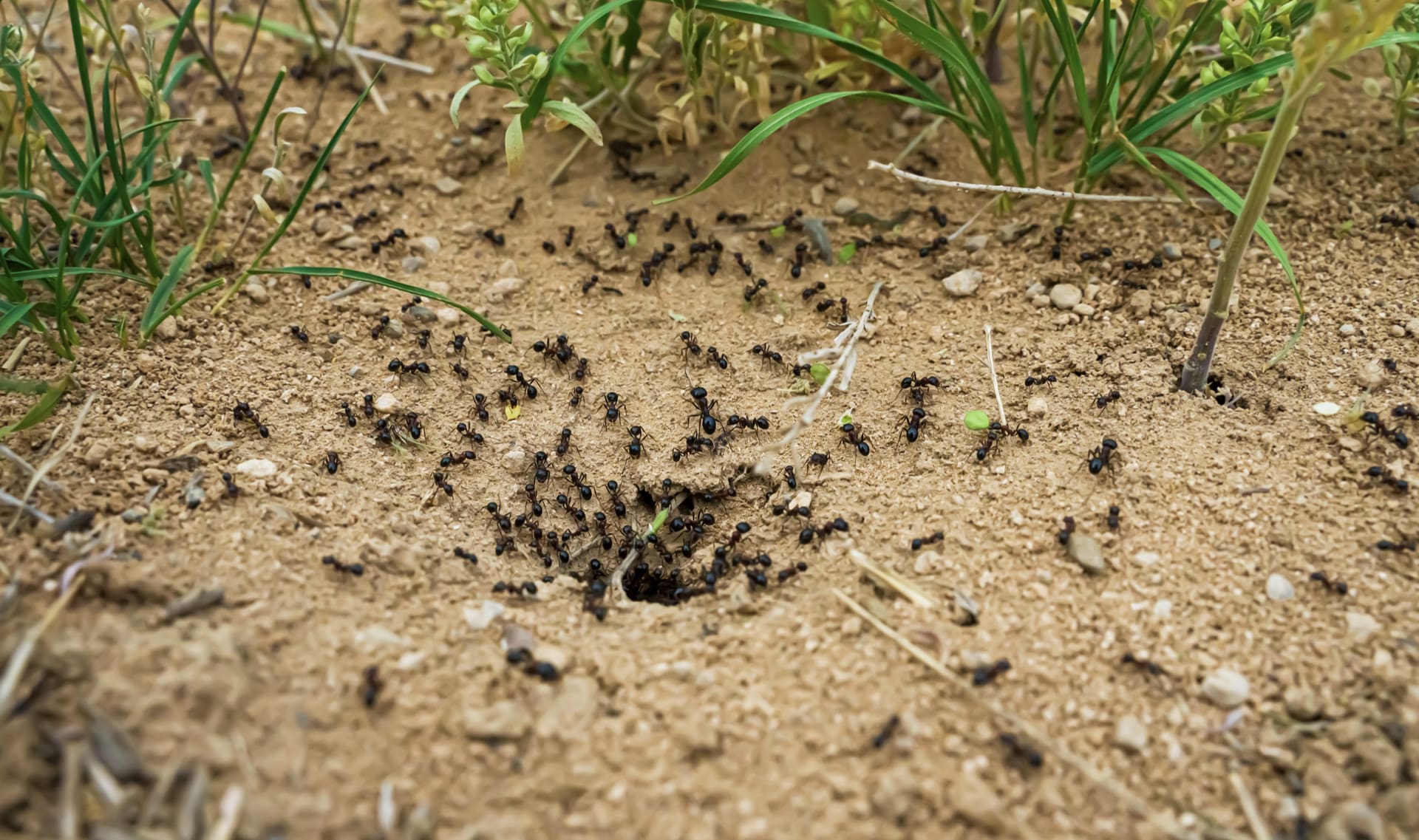
Ant colonies are groups of ants that live and work together. Ants have to be able
to recognize other members of their same colony. If they recognize another ant
as a member of their own colony, they’ll be more likely to work together with it.
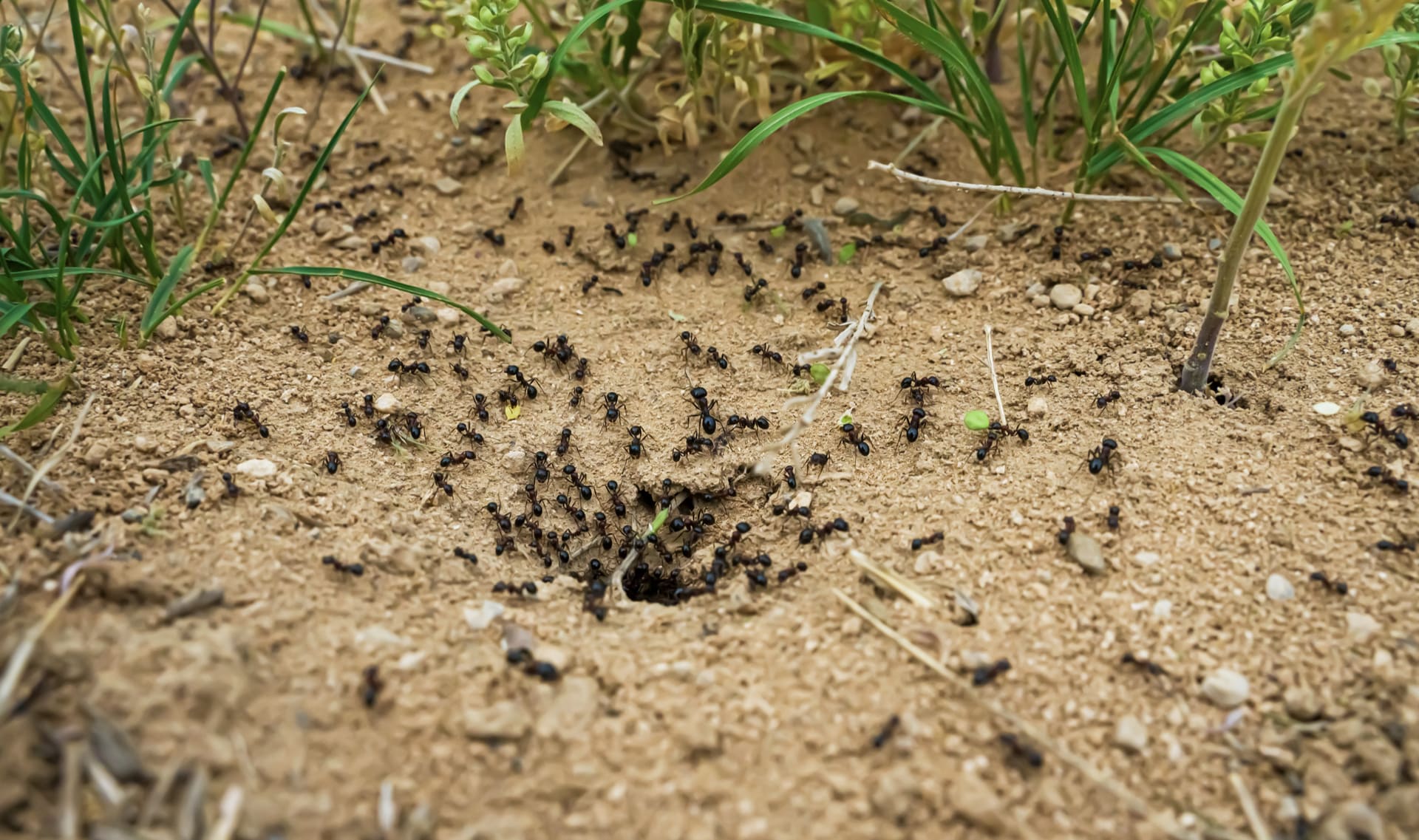
That means most colonies can’t grow too big. If the colonies get too big, the ants
stop being able to recognize each other. There are just too many ants! And if they
don’t recognize each other, they will stop working together and start competing
against each other.
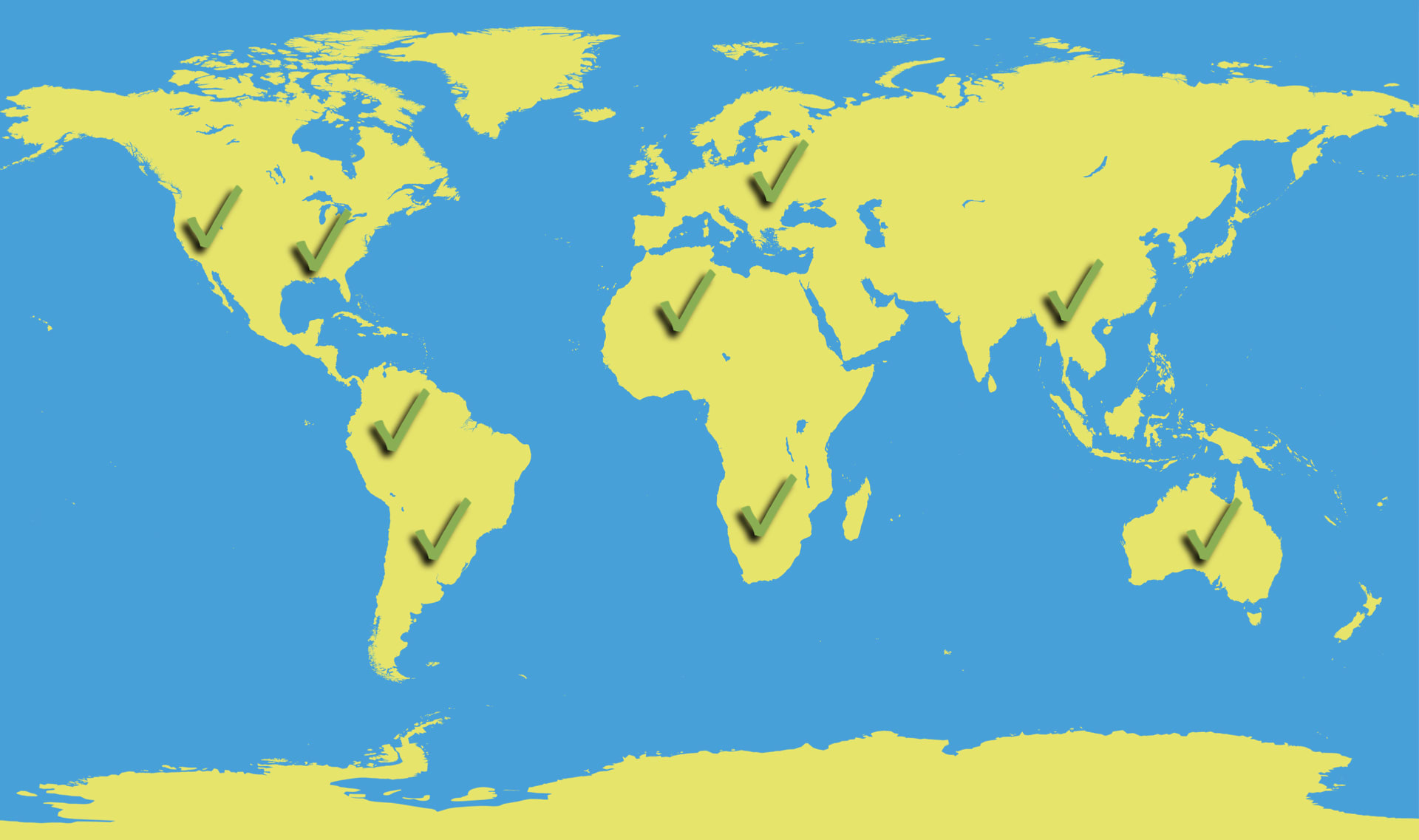
But for Argentine ants, it’s different. Some of their colonies seem to be able to
grow without limit.
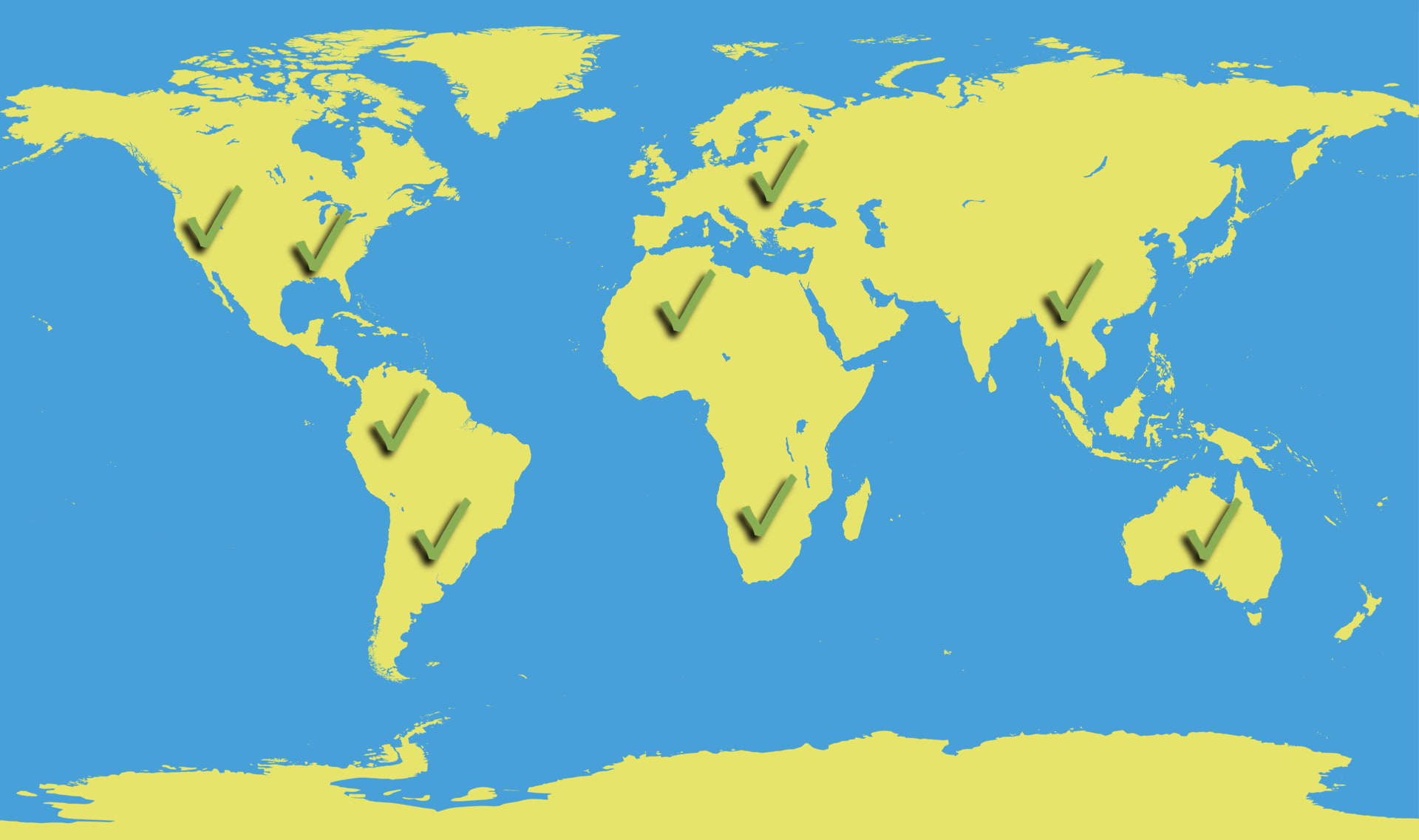
Scientists have found that Argentine ants from different parts of a country, or
even from different continents, can recognize each other if they are brought
together. Some scientists think this means that Argentine ants have formed
supercolonies or megacolonies that cross multiple continents.
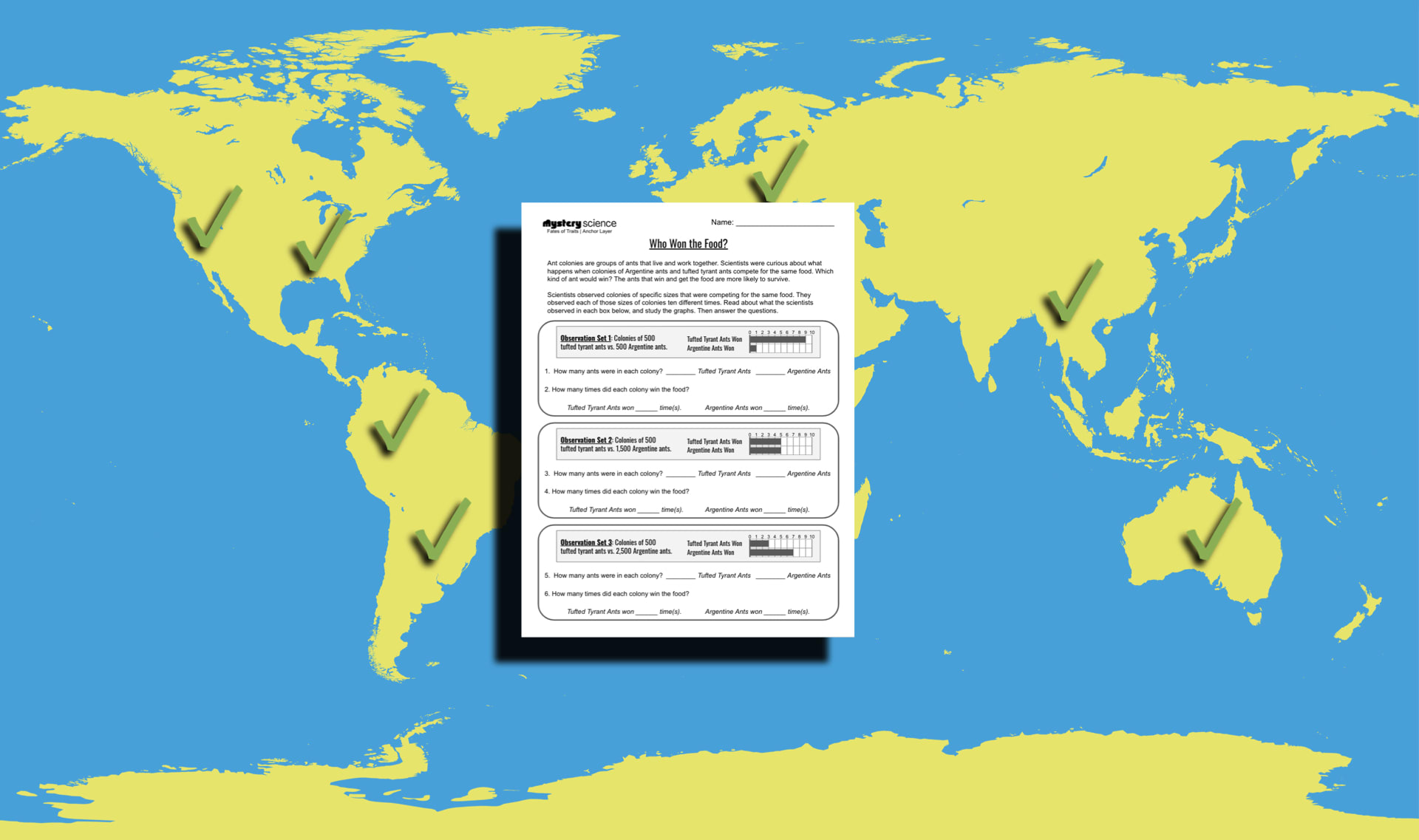
These supercolonies can have billions of members. Discuss. Think back to the data
you saw on your worksheets. How might it help Argentine ants survive if their
colonies have billions of members?
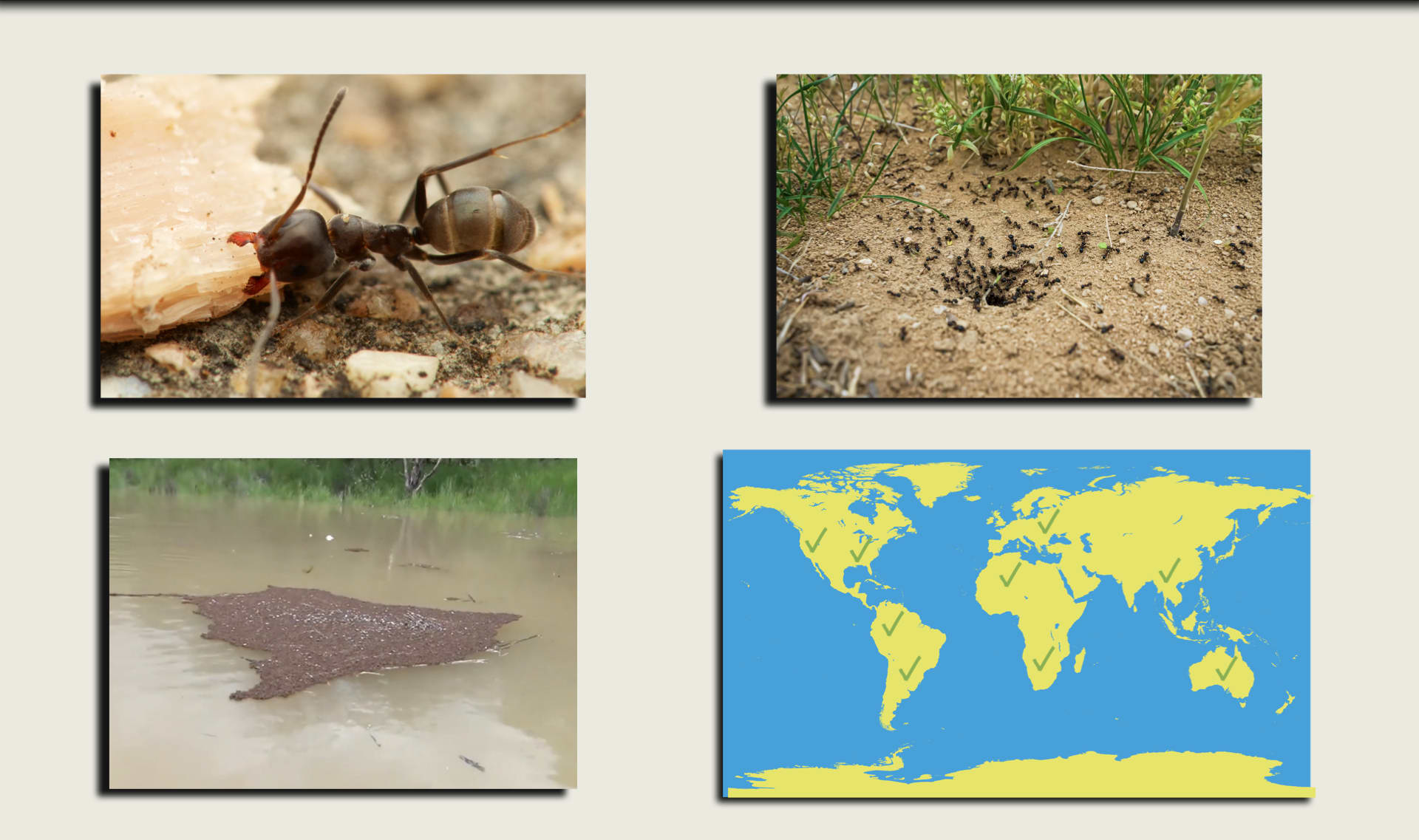
Ants are one of the most successful kinds of animals because they work together.
Working together in groups helps them find food, defend themselves, and respond
to changes in their environment.
🎉
That’s it for this lesson! How did it go?
Extend this lesson
Sign up now for more great lessons!
